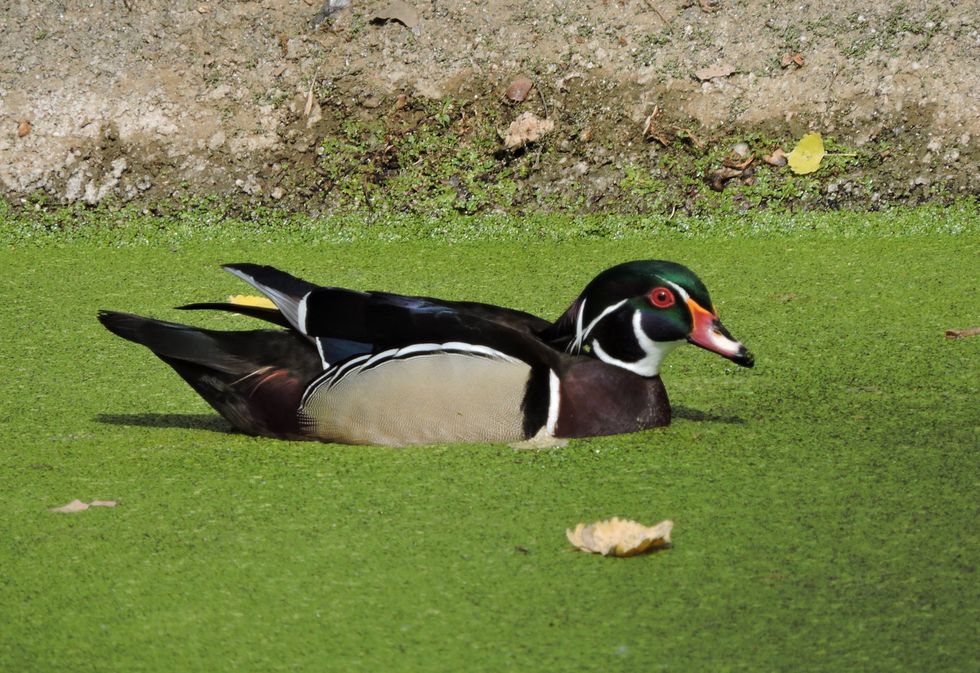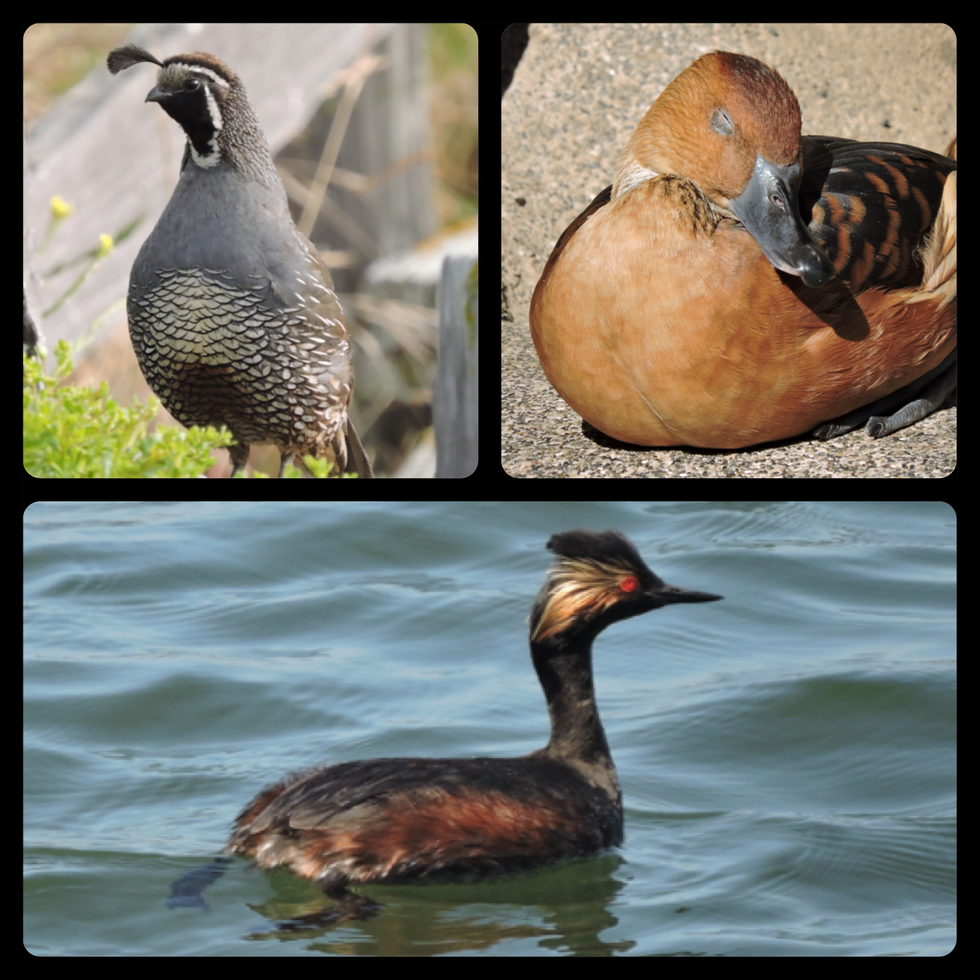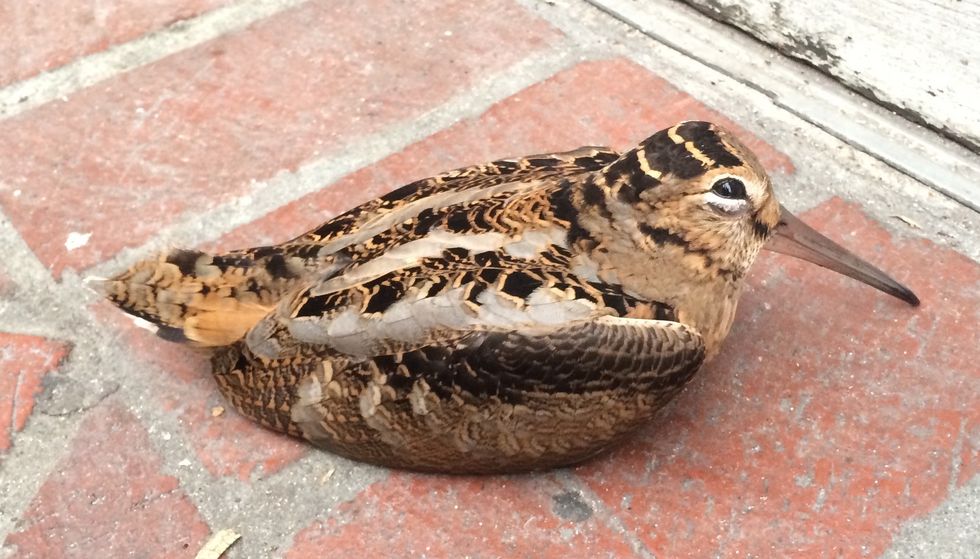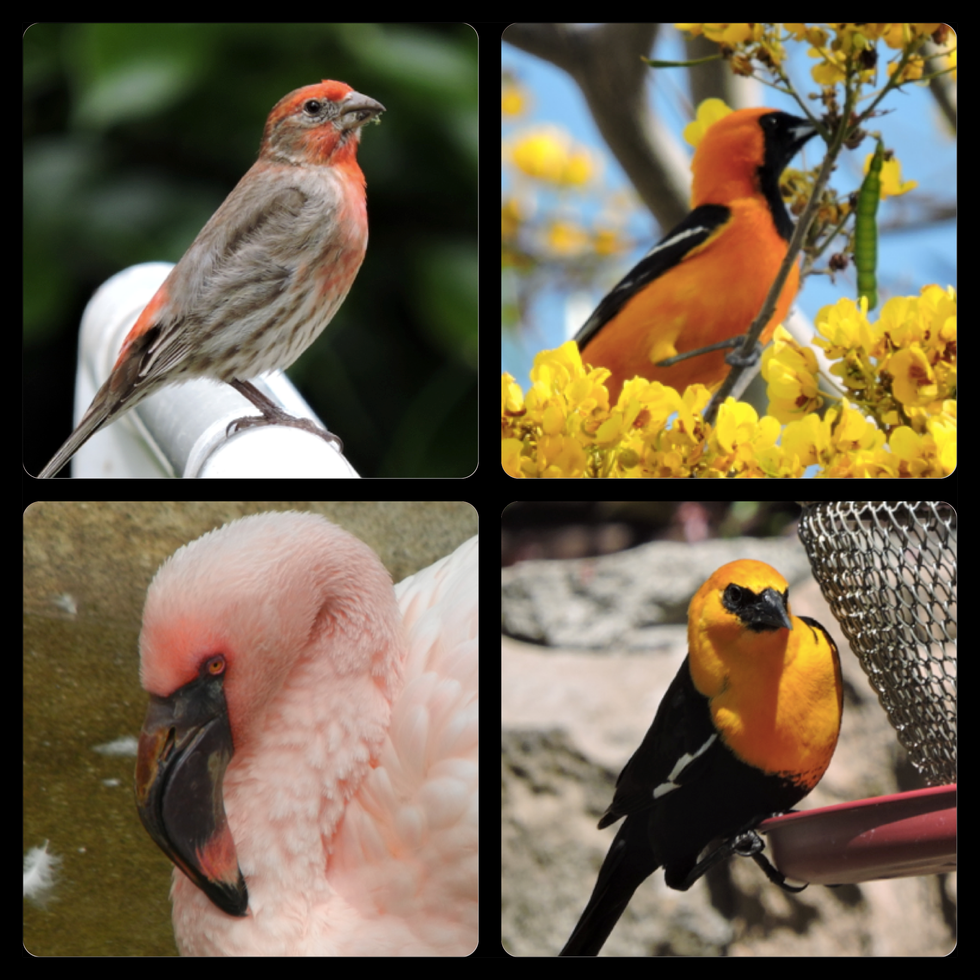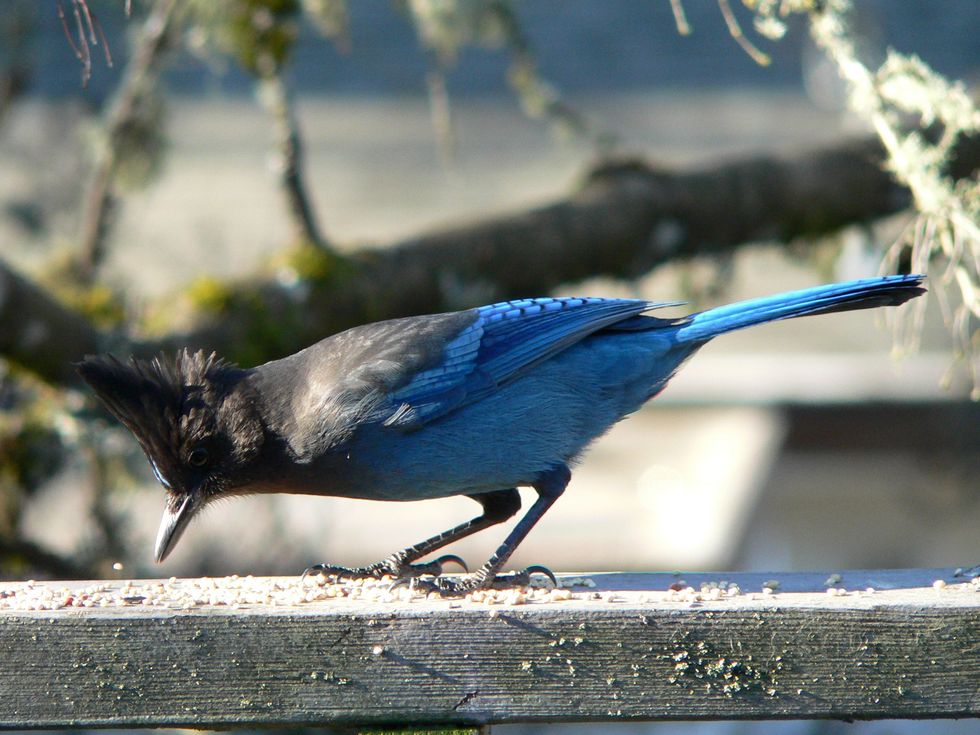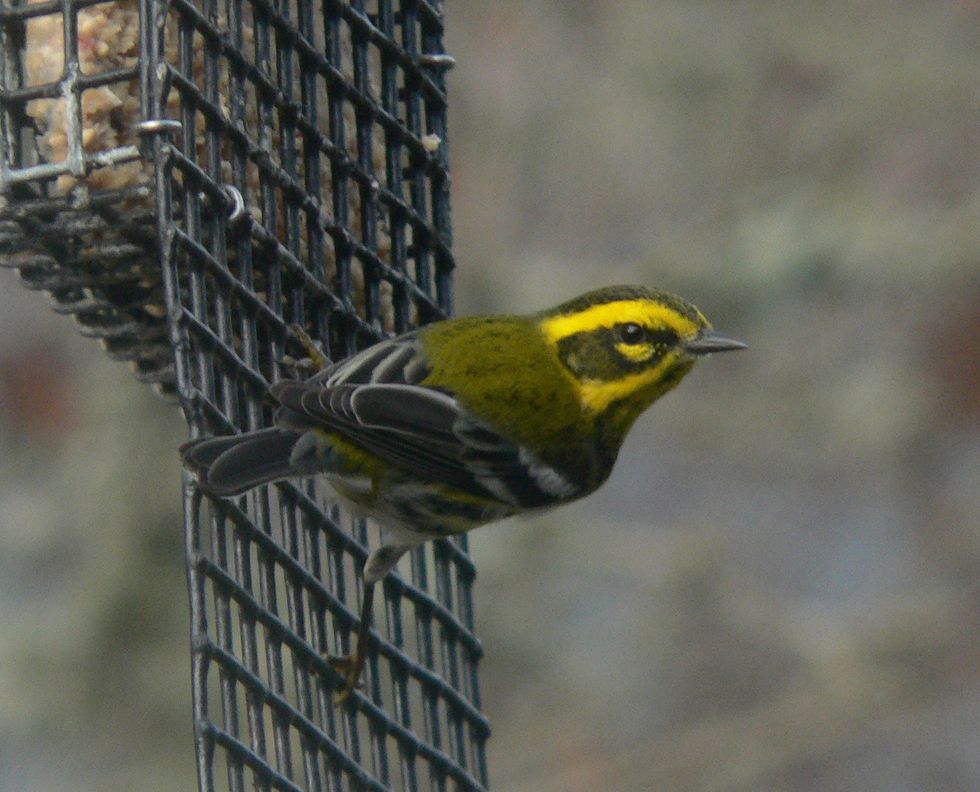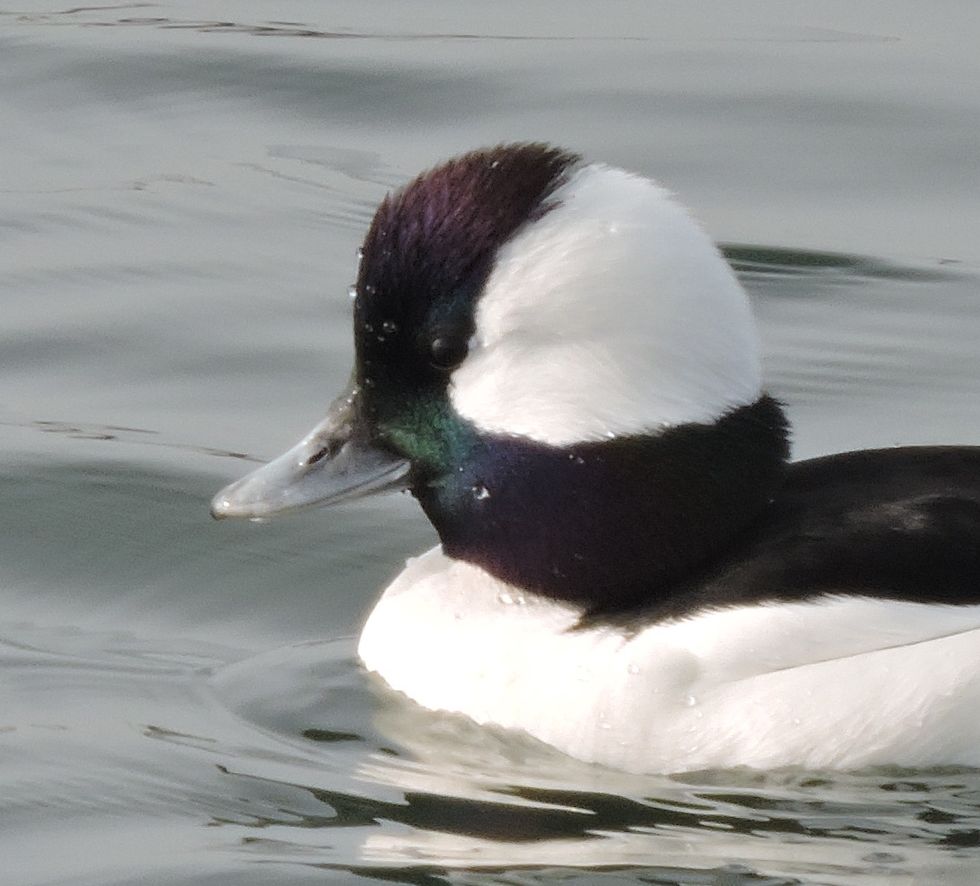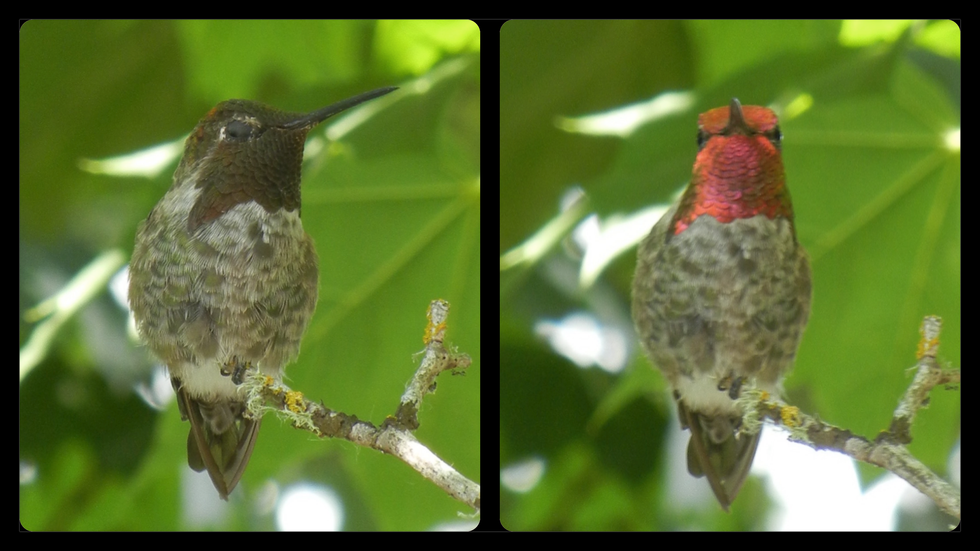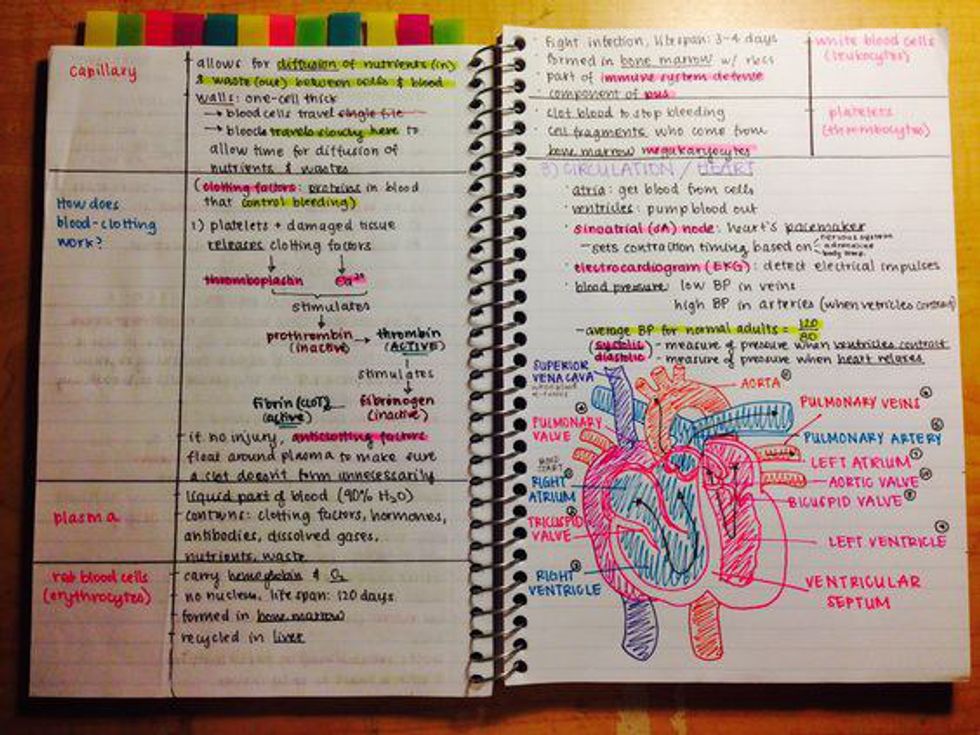Have you ever looked at a bird and been amazed by the bold colors? Or the intricate patterns? Or the iridescent shimmers? If so, then this article is for you! We're going to take a whirlwind trip through the four most common types of bird coloration.
Melanin is the most basic kind of coloration around. In fact, it is a protein produced by most animals, to create a range of blacks and grays and browns and creams. There are two kinds of melanin: eumelanin, which makes black, gray, and some browns; and phaeomelanin, which makes cream and rufous. Both kinds of melanin can mix to create a vast palette of browns.
The quail on the top left is mostly pigmented by eumelanin, with black, gray, and brown; but the duck on the top right primarily shows phaeomelanin in the warm orangey brown of its head, breast, and belly. Then we have the grebe at the bottom, to show us a striking pattern that uses both kinds: eumelanin for the majority of the bird, with golden "ears" of phaeomelanin. The warm brown flanks could possibly contain a mixture; I don't know.
In addition, melanin is the only coloration that can be used to create intricate patterns on the individual feather, as all of the other types that I will describe color the entire feather the same amount. Just take a look at this gorgeous woodcock below, which is only colored by melanin!
If you've seen a cardinal or a goldfinch, then you have seen carotenoid pigments in play. This is the only other common pigment, but how striking it is! And the craziest thing about it that birds actually have to eat carotenoids to be colored by them; they cannot actually produce carotenoids by themselves, they way they can with melanin.
Thus, if a carotenoid-colored bird is not eating a diet containing enough carotenoids, it will actually fade. I think zoos are getting better about it now, but it used to be that flamingos in zoos were much paler than their wild counterparts, because their diets in captivity just didn't have the same carotenoid content.
We finish off the pigments with this compilation of carotenoid colors. Since there are many kinds of carotenoids, they have a wide range of hues along the yellow-red spectrum.
But wait, you say. If there are only two common pigments, why does the article begin by promising four common colorations? As it turns out, the structure of the feather also plays a role!
The eye-catching, bright blue of a jay is not caused by some blue pigment. Rather, tiny structures in the feathers reflect only short wavelengths of light (i.e. blue and violet), while melanin beneath the structures absorbs the longer wavelengths. Because of the way this coloration mechanism works, blue areas on birds appear the same color no matter what angle you look at them.
I should note that patterns on the feathers are possible in blue birds, as there can be distinct bands of melanin where there are no blue-reflecting structures. You can see banding on the wings of this lovely Steller's Jay.
These tiny structures for blue coloring also account for green and olive-colored birds, when it occurs in conjunction with yellow pigments (usually carotenoids). Depending on the exact structuring and pigments used, birds can show a wide variety of green shades. Just like this female warbler's lovely olive stripes and back.
Iridescence, the shimmering effect seen in many common birds, such as hummingbirds and starlings, is also caused by tiny structures in the feathers, though of a different than the blue-purple colors. With iridescence, there are thin layers of material that causes the light waves to bend and reflect back in different directions than they otherwise would, in a process known as refraction.
Look at the range of colors on this bufflehead's face: purple to green to blue. This is essentially the same phenomenon that you see when there's a puddle of oil in a parking lot. The thin film formed by the oil causes that rainbow effect by altering the way light reflects, just like in the feathers.
How much color you see depends entirely on the viewing angle, because the feathers refract the light in specific ways. Just check out these photos of the same hummingbird, on the same day, in the same place, with the only difference being how his head is turned.
We've only scratched the surface here, as many species of birds have their own unique methods of coloration. Stay tuned for next week's installment to learn about copper-based coloration in turacos, special yellows found in penguins, and more!
Sources: National Geographic Bird Coloration by Geoffrey E. Hill and "The Penguin's Palette—More Than Black and White" by Daniel T. Ksepa (American Scientist, volume 104). Also, I used Composure to put the collages together.

